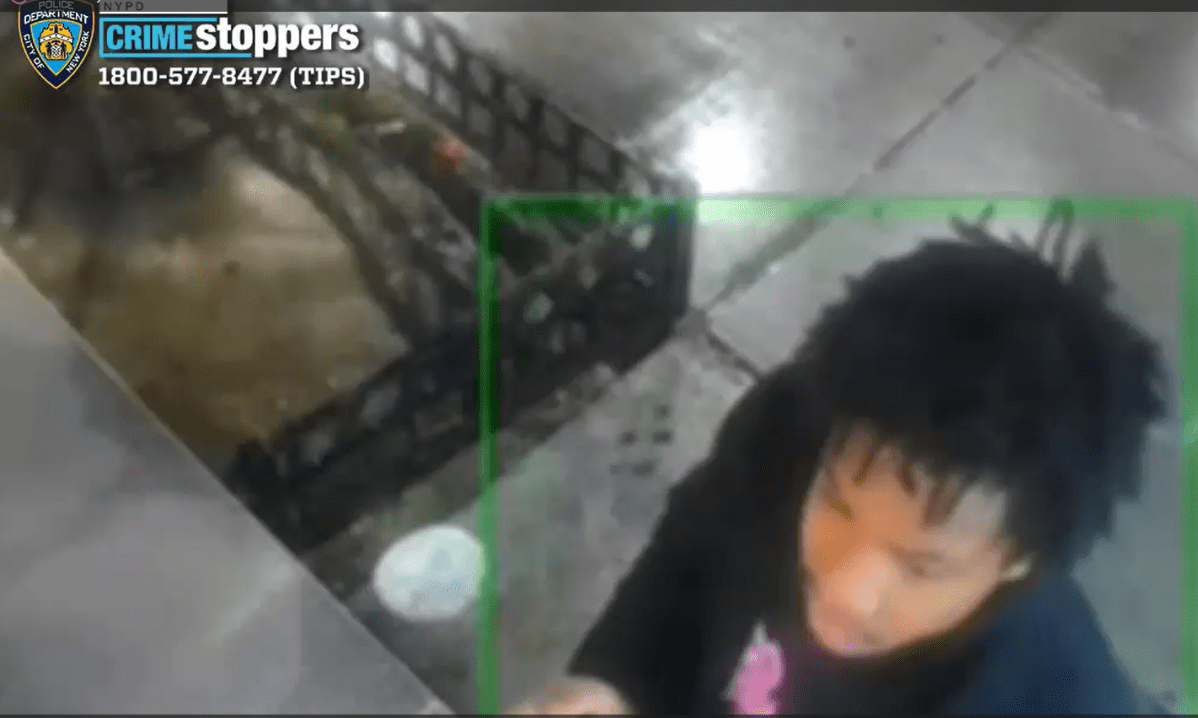
When I joined the faculty of an elite private school in New York City at 23, I became its youngest teacher. I also became the only black male educator in its Upper School.
Shortly after being hired, my department chair said something that resonates with me to this day. As we walked across the lush green lawns of the picturesque campus, he turned to me and asked, “you know you are joining a racist institution, right?” Having attended predominately white private schools from elementary through college, I thought I knew what he meant. But by my second year, I struggled to grasp how only two of the 60 students I taught were boys of color. After my fifth year, a third of the boys of color in eighth grade were either asked to leave or taken out of the school by their families. Fifty-six percent of the black and Latino boys left the next year.
It hit me – we had a serious problem.
Over my six years at the school, I came to understand that what my former boss chalked up to racism was actually a much more nuanced and complex set of issues. Stereotype threat in the classroom, unfair suspensions and low academic performance disproportionately affect boys of color.
Parents of color desperately wish for their children’s success. But that desire can sometimes resort to outdated clichés about “working hard” when what their children need is an adult to talk them through their challenges. Many parents aren’t prepared to advocate forcefully on their children’s behalf when needed. Too often, the responsibility falls on the students and parents to know how to navigate the politics of these schools before problems arise.
With tuition averaging nearly $40,000 in New York City, many students at private schools also grapple with class differences for the first time, even as they’re expected to balance their academic and social lives. I’ve seen countless students wrestle with their identities. In the process, they lose the self-confidence that comes from strong friendships and a sense of belonging, which can ultimately hamper their academic performance and socio-emotional development.
In short, even schools committed to diversity and inclusion can’t create a racism-free environment Eventually, I realized I couldn’t fix my school from within. So I went to graduate school with the intention of opening a private middle school in Harlem, named Brotherhood Prep. My aim is to prepare boys of color for success in competitive academic environments and give parents the skills they need to properly support their children’s academic goals.
I’ve gotten many questions about why I chose this school model. Some people have asked why I’m focusing on boys of color and, in some exceptional cases, have suggested that doing so is segregationist or even racist. The New York City public school district is already among the most segregated in the country. According to the Schott Foundation, 37 percent of black and Latino males in New York graduate high school. Young men of color in New York City have poverty and unemployment rates 50-60 percent higher than their white peers. Significant disparities exist that disproportionately affect young black and Latino men. Eliminating these gaps will require the collective efforts of public, charter, and private schools alike.
Despite the rise of charter schools both nationally and in Harlem, private schools, which account for roughly 25 percent of all schools in the country and serve 10 percent of all students, also have a vital role to play in the education reform movement. Furthermore, focusing solely on charter schools to achieve educational equity neglects the fact that private schools are admitting and, in far too many unfortunate cases, under-served boys of color.
Private schools are critical pathways to academic and professional leadership opportunities. A University of Pennsylvania study found that private high schools produce 25 percent of all high-achieving black males in top universities. Research suggests boys of color can benefit significantly from having a safe space to explore their passions, understand their identities and build meaningful relationships without the fear of stigma, especially before entering more diverse and complex environments. By building lasting ties with other boys of color, developing lifelong passions and confidence in their academic talents, and learning important socio-emotional skills during their middle school years, Brotherhood Prep graduates will have the self-awareness and network of support they need to excel in elite private schools, as well as the ability to overcome the challenges we know they will likely encounter once they enter.
As a private all boys school, Brotherhood Prep would have the resources required to support black and Latino boys at their most vulnerable stage and the freedom needed to pioneer new education models that helps boys of color to thrive in competitive high schools, colleges, and work environments. That’s why I’m choosing to build a private school for boys in Harlem.
Yes, the education reform movement needs leaders of color who can create innovative solutions to longstanding issues in communities of color. But private schools also must be willing to live up to the values of diversity they espouse and contribute to the social good by making sure boys of color have a fair shot at benefiting from a world-class education.
Blay is a 2014 graduate from the New York University school of business and school of public service and resident of Harlem.


































